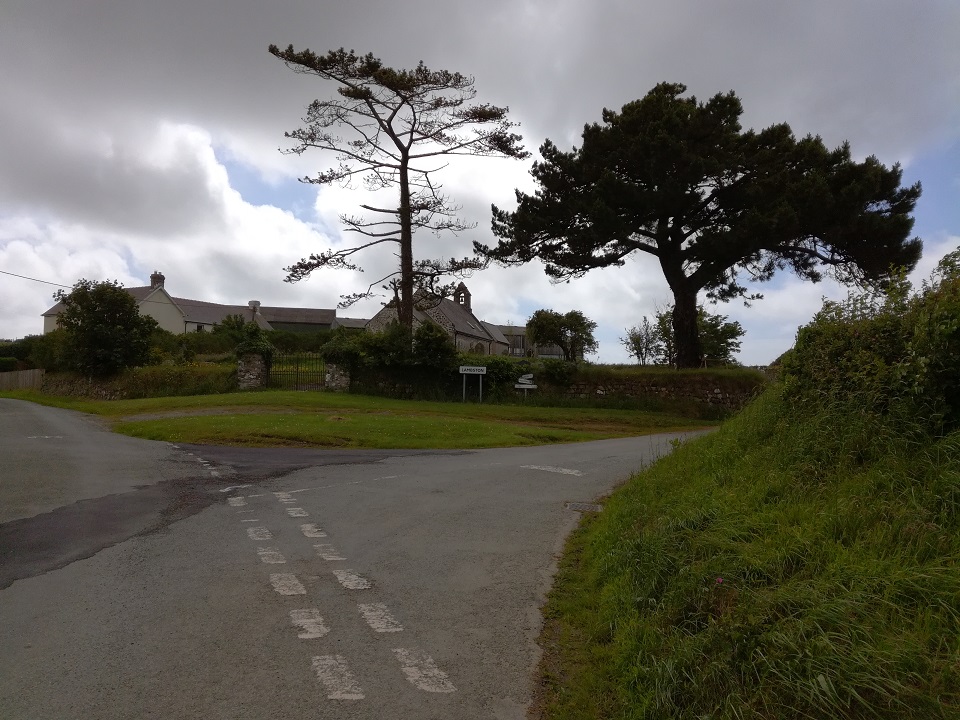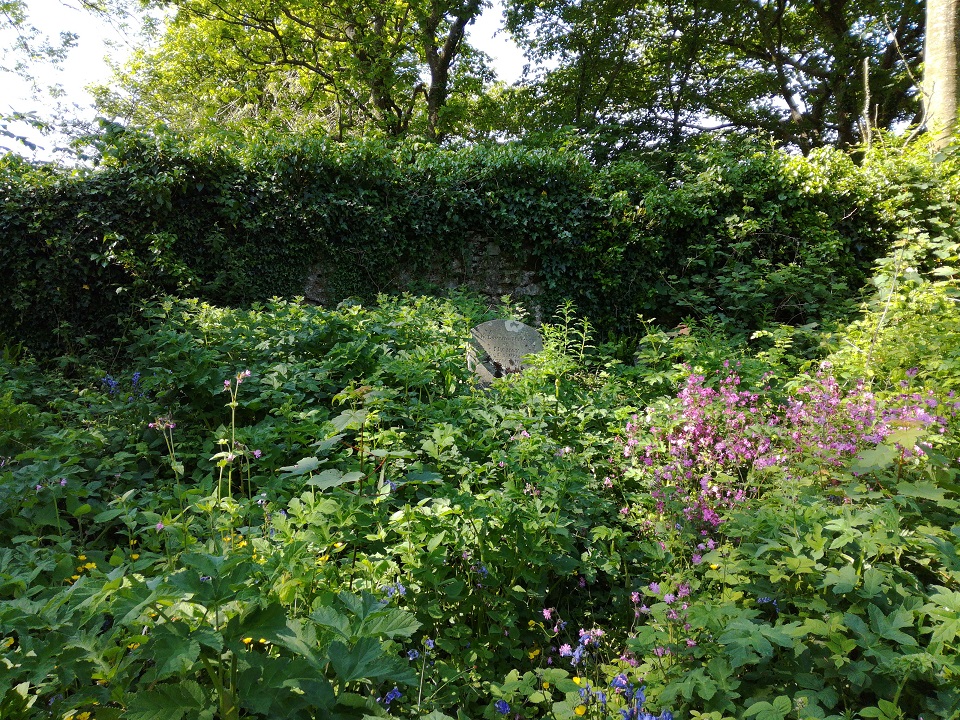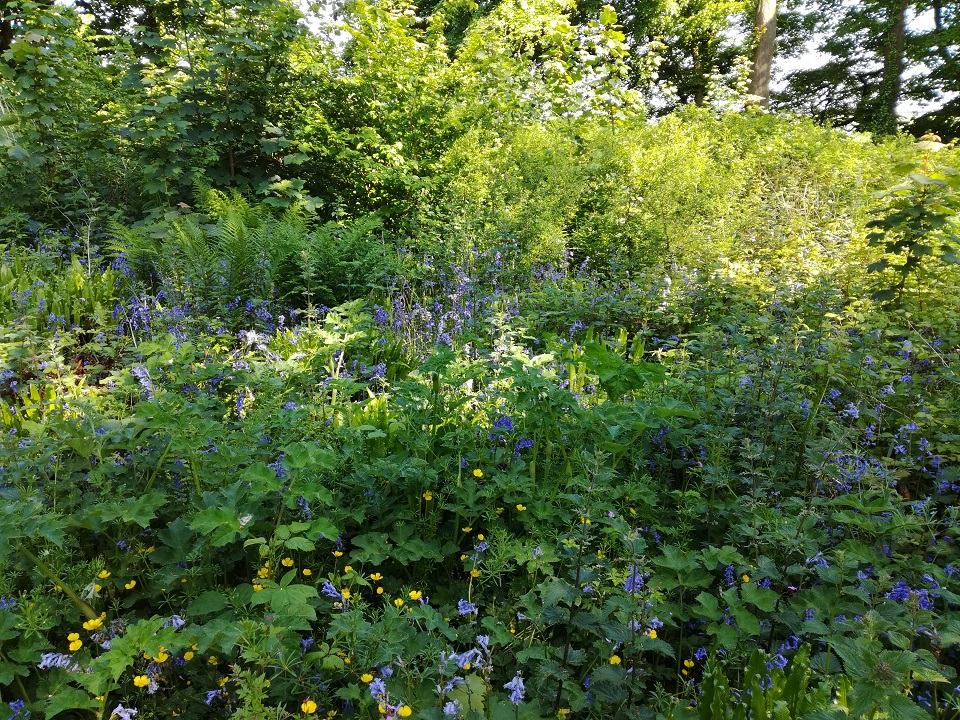Introduction
This is one of the pages where research is by no means complete and the summary below is just an outline.
St Ishmaels Church
This is the oldest (known) religious building in the parish and was a place of worship since the 12th century. (Originally Catholic and later Anglican). Sadly in 2013 It could no longer be sustained by a dwindling congregation and was closed and put on the market. The property was purchased in 2014 and converted very tastefully into a holiday home for a young family of London architects. It is now known as High Haven. (One of the conditions of the sale was that it could not have any name associated with its church origins). I was always brought up to think that a church was the people not the building but it is sad to see a place of worship close for lack of support. Especially when you live in the village and attend church elsewhere.
Bethel Baptist Chapel, Sutton
 This is the only place of worship still active in the parish, built in 1839 (the church had been started two years earlier) on land purchased from Sir Richard Bulkeley Phillips Phillips of Picton Castle and with additional land acquired in — it also has a baptistry (now rather overgrown) to the north of the chapel beside the stream. – The first baptisings recorded in the chapel were of David and Charlotte Thomas of Hill Moor in 1839. In 1845, Stephen and Mary Thomas of ‘The Rock of Gibralter’ were baptised. (There is a farm called Gibralter in the extreme North west of the parish shown on the tithe map of 1840. The site is now abandoned). There is a very authoritative book on the history of the chapel from 1837 to 1930 by William Griffiths. He was the son of the first minister of the church and the secretary of the church for nearly 50 years.
This is the only place of worship still active in the parish, built in 1839 (the church had been started two years earlier) on land purchased from Sir Richard Bulkeley Phillips Phillips of Picton Castle and with additional land acquired in — it also has a baptistry (now rather overgrown) to the north of the chapel beside the stream. – The first baptisings recorded in the chapel were of David and Charlotte Thomas of Hill Moor in 1839. In 1845, Stephen and Mary Thomas of ‘The Rock of Gibralter’ were baptised. (There is a farm called Gibralter in the extreme North west of the parish shown on the tithe map of 1840. The site is now abandoned). There is a very authoritative book on the history of the chapel from 1837 to 1930 by William Griffiths. He was the son of the first minister of the church and the secretary of the church for nearly 50 years.
Weslyan Methodist Chapel, Portfield Gate
This was apparently built in 1835 and is shown as an unnamed building on the 1840 tithe map, oddly there is a cottage in Sutton that on the same map was shown as a Wesleyan Meeting House. The 1886 1:10,000 Ordnance Survey map shows the building as a Methodist chapel. I think it closed in the 1960s (More information would be welcome) .
Quaker (Friends) Burial ground
Not perhaps a traditional chapel but an important religious site from a very early date in the history of Quakerism. Also a really nice tranquil site, rarely visited and rather neglected. It is dated 1661 on the entrance which is interesting given that the Quakers only got going in 1652 in Cumbria but George Fox the founder was visiting Haverfordwest as early as 1657.
This site provided the burial ground for Haverfordwest and at least in the early years, for meeting houses elsewhere in the county. The land was provided by William Bateman a prominent Quaker who owned East Hook from 1661 and who also hosted the early Quaker meetings in Haverfordwest before the building of a meeting house. By 1681 many Welsh Quakers had left for America because of persecution and by 1821 only two people were attending services. In 1835 the Haverfordwest meeting house was demolished.
Moravian Chapel in Portfield Gate
This is just beyond the edge of the parish either on the Tonna House site or just adjacent to it. It is shown as a ‘meeting house’ on the Evanton Estate Map of 1818 but is not shown on the tithe map in 1840 (because it was just over the parish boundary). A drawing in the County Archives in Haverfordwest shows the building as a ruin in 1886.
Church of the Latter Day Saints
Another religious record came up in research for this website. The archives of the Church of the Latter Day Saints in Salt Lake City (Utah USA) have a record of a ‘Sutton Mountain branch’ from 1854. At first thought you might think this is a different ‘Sutton Mountain’. (There is a rather more spectacular one in Vancouver, Canada standing as 3,176 feet). But no, this specifically records the ‘Sutton Mountain Haverfordwest’ branch. Like the Quakers this was a very early record. The Mormons were established early in the 19th century in the USA.
The records show that the Summers family, John and Annie and their 5 children were part of the church. They appear in the census at Berry Hill in 1871. John left Liverpool in 1872 for Salt Lake City and died the next year. There was also a Martha Roberts from Lambston. Perhaps a daughter of the Roberts family of Berry Hill, who is listed in the archives. Others born or married in Lambston are also listed.


